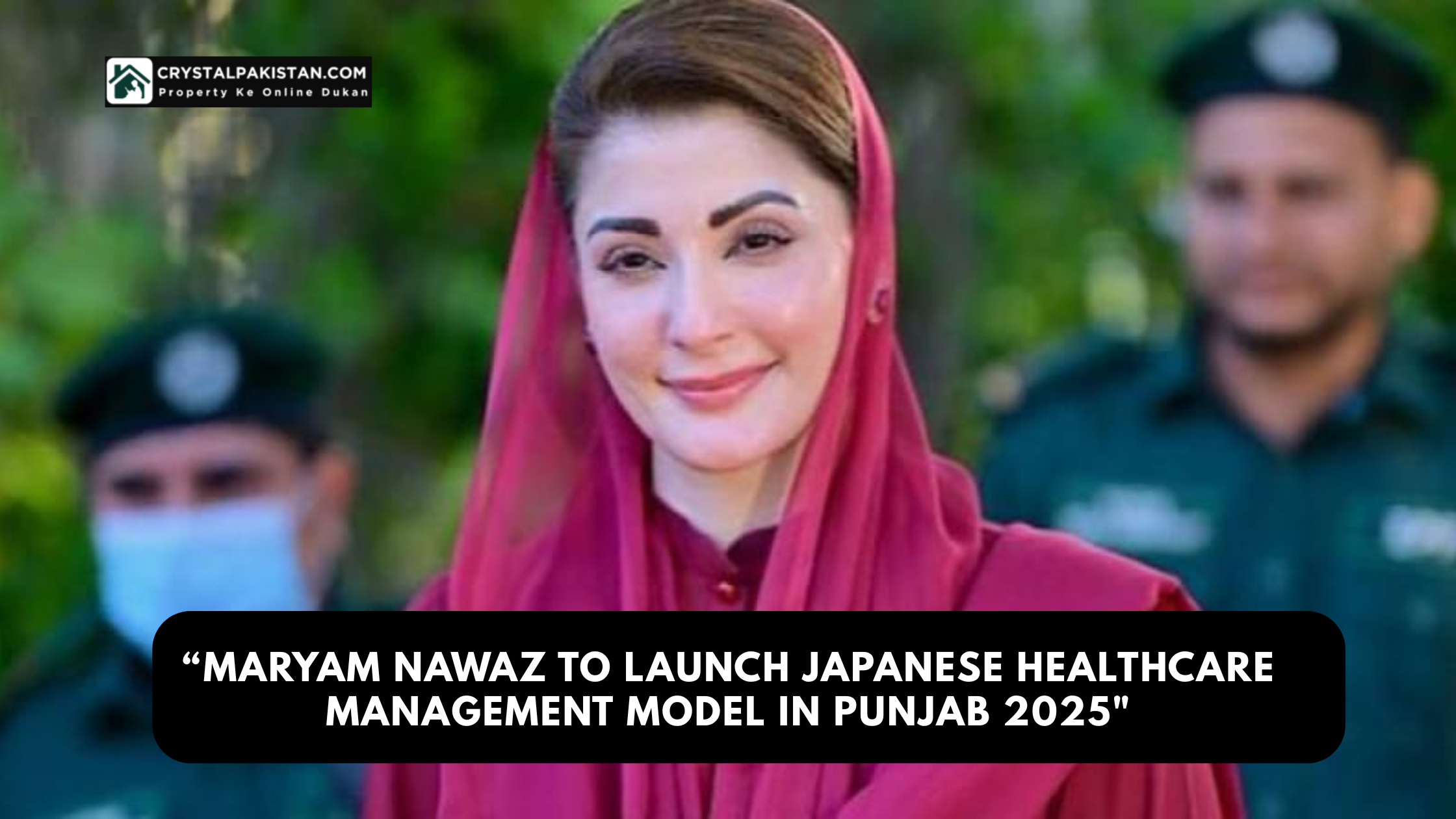Explore how Punjab is gearing up for a healthcare revolution as Maryam Nawaz adopts Japan’s world-renowned healthcare model. From universal coverage to digital hospital reforms, here’s how this landmark decision could reshape patient care across the province.
Punjab is ushering in a paradigm shift in healthcare under the leadership of Chief Minister Maryam Nawaz Sharif, who has committed to “bring Japan’s efficient and equitable healthcare system to Punjab.” Inspired by her visit to Japan’s National Center for Global Health, she aims to launch a Japanese-style healthcare management model to improve hospital efficiency, patient access, and quality of care across the province.
What Makes Japan’s Healthcare System Stand Out?
Japan’s healthcare model, established in 1961, is globally respected for its universal coverage, patient choice, and cost regulation. Under this system:
- Every resident must enroll in either an employment-based or residence-based insurance plan.
- Patients enjoy the freedom to consult any clinic or hospital without referrals.
- A standardized national fee schedule controls medical costs and promotes equity.
This structure has led to Japan consistently achieving high life expectancy and low infant mortality rates, among the best in the world.
Also Read Our Blog About Maryam Nawaz Aghosh Program Registration to Get RS23000 Free Aid
Why Maryam Nawaz Chose This Model for Punjab
Punjab’s healthcare system, though expansive, faces inefficiencies: underused Basic Health Units (BHUs), limited digital access, and inconsistent service quality. Maryam Nawaz aims to resolve these challenges by importing tested Japanese management methods.
|“I want every citizen to get efficient and affordable care, just like in Japan,” |
She announced, expressing her commitment to accessible, modern healthcare.
Implementation Blueprint for Punjab
Punjab’s strategy includes:
- Hospital Management Reforms based on Japanese governance structures
- Digitization of Medical Records for transparency and coordination
- Improved Health Unit Functionality with third-party monitoring
- Universal Insurance Framework inspired by Japanese principles
This aligns strongly with Punjab’s broader health strategy, modernizing BHUs, expanding clinics, and leveraging technology for equitable systems.
FAQs
What is the healthcare system in Punjab?
Punjab offers public and private healthcare via district hospitals, BHUs, and the Sehat Sahulat Program. This is supplemented by insurance schemes and modern clinic networks.
What is unique about Japan’s healthcare system?
Japan provides universal coverage with regulated fees, patient freedom to choose providers, and focus on preventive care and health equity.
What are the problems with Japan’s healthcare system?
Japan faces rising costs due to an aging population, high service usage, and strain on medical staff from large patient volumes.
When was Japan’s healthcare system established?
Japan introduced universal health insurance in 1961, allowing residents comprehensive access to medical care.
What is the health strategy of Punjab?
Punjab’s strategy includes upgrading rural units, digital record systems, public-private partnerships, and redirecting health funding under reforms like “Clinic on Wheels.”
What is the health scheme in Punjab?
The primary health initiative is the Sehat Sahulat Program, offering subsidized insurance cards for medical treatment across the province.
Takeaways
By emulating Japan’s universal healthcare management model, Chief Minister Maryam Nawaz is positioning Punjab for a healthcare revolution, one built on efficiency, transparency, and inclusivity. If executed well, this initiative could be a model for scalable, equitable healthcare across developing regions.
Sources: DGPR, Punjab, The Dawn News




Join The Discussion